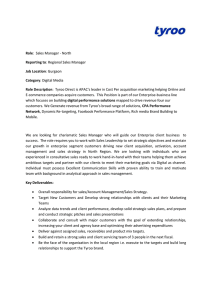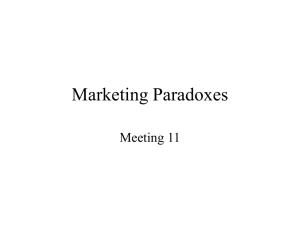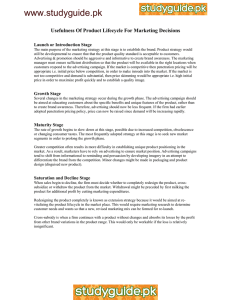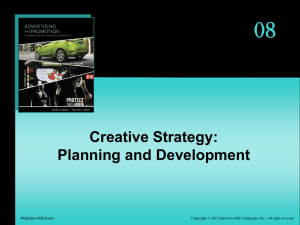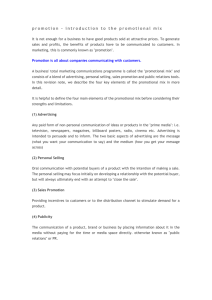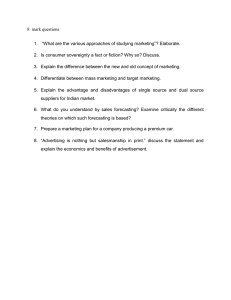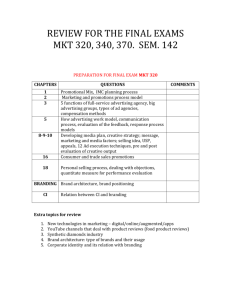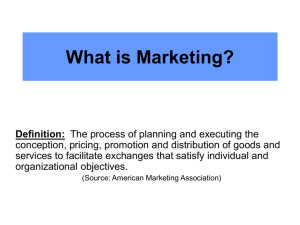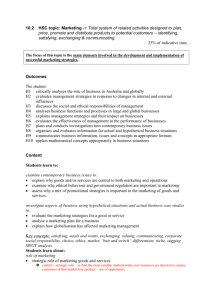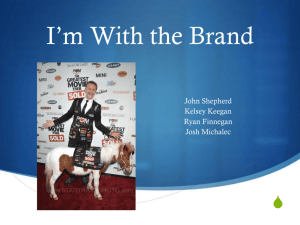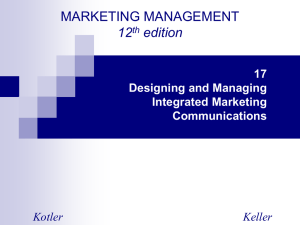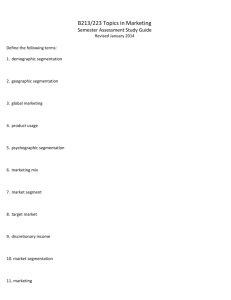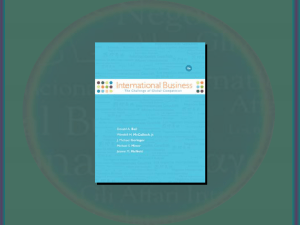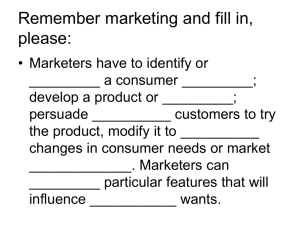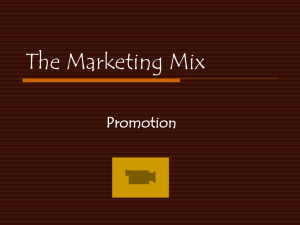Test 3 Study Guide - About Me
advertisement
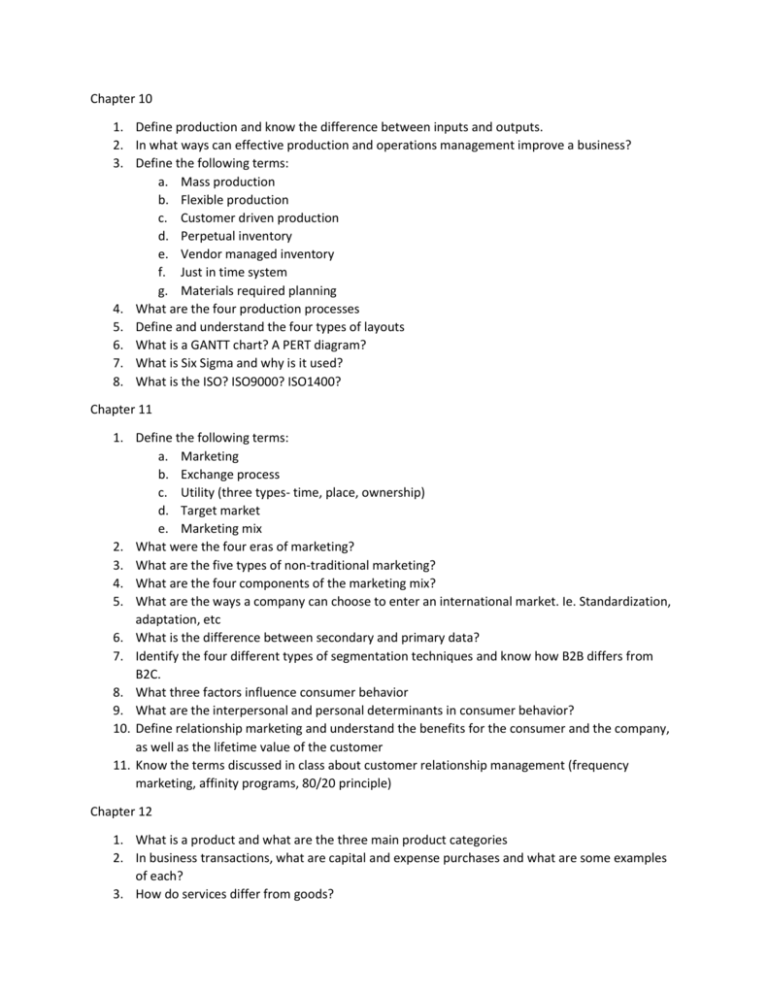
Chapter 10 1. Define production and know the difference between inputs and outputs. 2. In what ways can effective production and operations management improve a business? 3. Define the following terms: a. Mass production b. Flexible production c. Customer driven production d. Perpetual inventory e. Vendor managed inventory f. Just in time system g. Materials required planning 4. What are the four production processes 5. Define and understand the four types of layouts 6. What is a GANTT chart? A PERT diagram? 7. What is Six Sigma and why is it used? 8. What is the ISO? ISO9000? ISO1400? Chapter 11 1. Define the following terms: a. Marketing b. Exchange process c. Utility (three types- time, place, ownership) d. Target market e. Marketing mix 2. What were the four eras of marketing? 3. What are the five types of non-traditional marketing? 4. What are the four components of the marketing mix? 5. What are the ways a company can choose to enter an international market. Ie. Standardization, adaptation, etc 6. What is the difference between secondary and primary data? 7. Identify the four different types of segmentation techniques and know how B2B differs from B2C. 8. What three factors influence consumer behavior 9. What are the interpersonal and personal determinants in consumer behavior? 10. Define relationship marketing and understand the benefits for the consumer and the company, as well as the lifetime value of the customer 11. Know the terms discussed in class about customer relationship management (frequency marketing, affinity programs, 80/20 principle) Chapter 12 1. What is a product and what are the three main product categories 2. In business transactions, what are capital and expense purchases and what are some examples of each? 3. How do services differ from goods? 4. 5. 6. 7. 8. 9. 10. 11. What is the difference between a product line and a product mix? Know the four stages of the product lifecycle What is a brand and why is it important? Know the following terms regarding brands: a. Manufacturer brands b. Private brands c. Family branding d. Individual branding e. Brand equity f. Brand awareness What are the three stages of brand loyalty? Discuss distribution channels and the different ways goods are distributed, including direct distribution, wholesalers, retailers (store and nonstore) What are the different levels of distribution intensity? What is the difference between supply chain and logistics? Chapter 13 1. What are some of the key features and benefits of Integrated Marketing Communications? 2. What is personal selling? Non-personal selling? 3. Define the concepts: a. Product placement b. Guerilla marketing c. Product advertising d. Institutional advertising e. Cause advertising f. Informative advertising g. Persuasive advertising h. Comparative advertising i. Reminder advertising j. Sponsorships 4. What are some of the promotional ways marketers try to reach customers, ie coupons, premiums, rebates, games, etc 5. What are the five objectives of promotional strategies? 6. What are the four sales tasks that can be performed? 7. What is the difference between a pushing strategy and a pulling strategy? 8. What are the four pricing objectives and what do they include? 9. What is the basic principle of cost-based pricing and what is the break-even point? 10. Define the following pricing strategies: a. Skimming b. Penetration c. Discount d. Competitive


